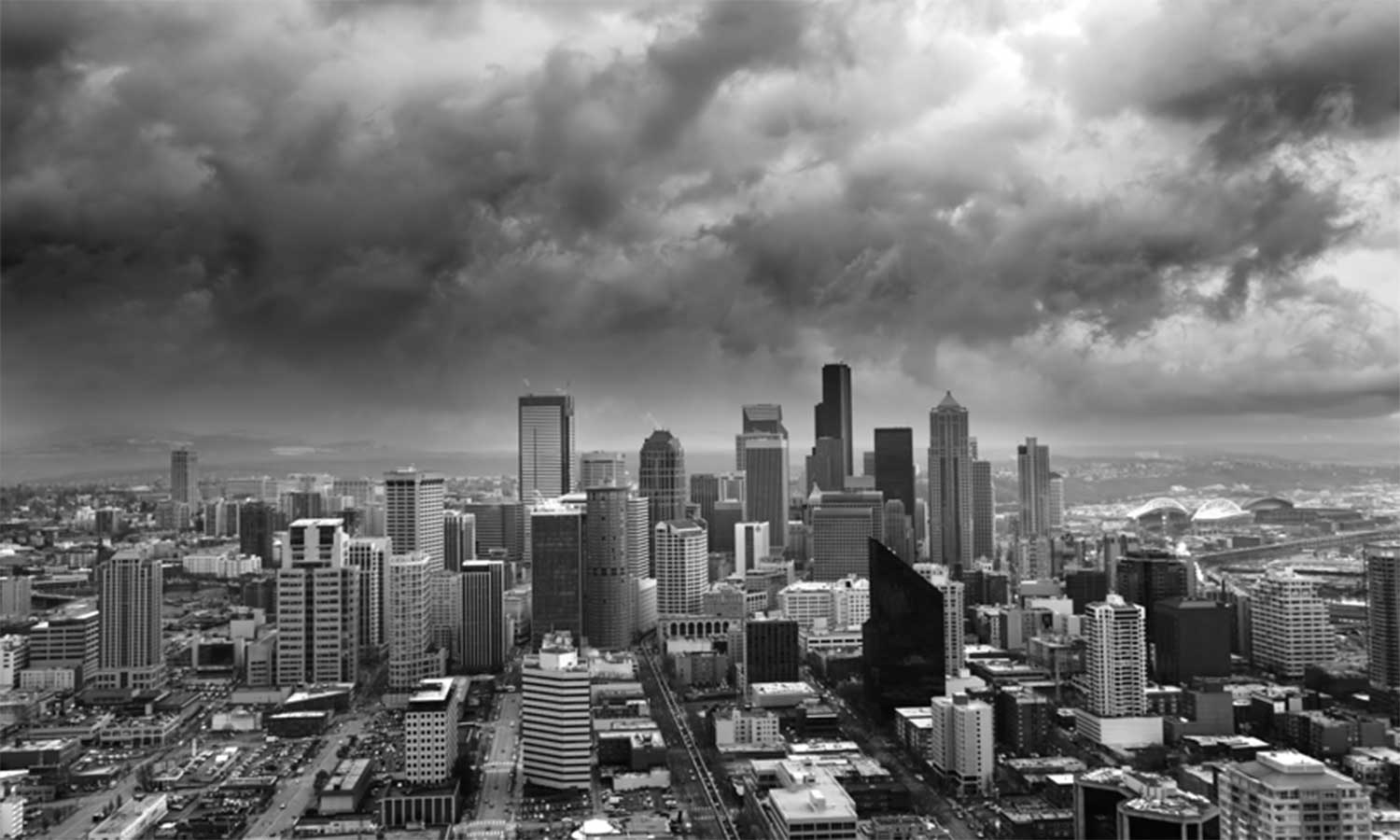Note: This post originally appeared on the Meeting of the Minds Blog on June 9, 2015.
In recent years, cities and regions are looking to build resilient food systems in the face of climate change. One motivation for expanding local and regional food systems, including increasing urban agricultural production, is the fear that global climate change will disrupt reliable supplies of food from other regions and countries. A New England Food Vision, for example, explores what would be needed to produce at least 50 percent of the region’s food supply in New England by 2060.
But the impact of Hurricane Sandy on New York City, and its near miss in Boston, begs a different perspective: An expanded local and regional food system could create new vulnerabilities to natural disasters. For example, if a hurricane hit Boston, it would disrupt production at 12 milk processing plants that supply the majority of Boston’s milk. City officials are beginning to realize that they do not have sufficient data on the state of their food systems in normal circumstances, let alone in the event of a disaster. As reported in City Lab in 2013, “When Superstorm Sandy pummeled New York last fall, it revealed the terrifying potential for sudden food shortages.”
A resilient food system—the production, processing and distribution of food—would have the ability to adapt to changing conditions, withstand disruptions such as natural disasters, and return to normal operations in a relatively short time period. It would prevent food shortages in the immediate aftermath of a disaster and ensure that food supplies and distribution are restored to all neighborhoods. As such, resilient food systems require flexibility, diversity, redundancy, and adaptability, as well as individuals and organizations with the capacity to monitor and manage risks.
Last year, Boston was selected as one of 35 cities from around the world to join Rockefeller Foundation’s 100 Resilient Cities Network, and the City will soon hire a Chief Resilience Officer to lead this initiative. Boston also took a major step in becoming a leader in food resilience planning. It is the first city of its size to complete an assessment of the resilience of its food system to a natural disaster. The wisdom of this effort was underscored by the unprecedented blizzards Boston experienced this winter.
Resilient Food Systems, Resilient Cities: Recommendations for the City of Boston highlights the findings from this one-year study. Led by ICIC, the research was commissioned by the City of Boston’s Office of Food Initiatives, Office of Emergency Management, Office of Environment, Energy and Open Space, and Boston’s Transportation Department.
One key takeaway from our study is that if the City of Boston wants to strengthen its food system, it should focus more on improving local transportation infrastructure than on expanding local food production. Ninety-four percent of Boston’s food arrives by truck. A storm surge of the same size as that created by Hurricane Sandy (7.5 feet) could flood most of the major North-South interstate in Boston and create significant barriers to the transportation of food into the city.
As we learned during this past winter, a major blizzard will obstruct the distribution of food within the city because the snow impedes truck access on already narrow secondary roads. As one food industry expert that we interviewed explained, “It’s all about logistics. The analogy I would give is air traffic control, getting something from point A to point B. Say there’s a huge storm. How do you get the trucks to a distribution center, then trucks from a distribution center to the retailer? Food may already be at the distribution center or en route. It’s like planes jamming up.”
A second important finding we highlight is that food availability in inner city neighborhoods will be disproportionately impacted by a natural disaster. Overall, Boston has a robust mix of food retail outlets that include large national, regional, and local grocery stores as well as many corner stores. However, the distribution of retail outlets differs by neighborhood. A few inner city neighborhoods will face a higher likelihood of store closures and diminished food supply in the event of a natural disaster because of their greater reliance on corner stores and a higher share of retail outlets in flood prone locations.
Across Boston, nine grocery stores and 59 corner stores are at risk of being flooded by a seven and a half food storm surge. Seven of these flood prone grocery stores and 33 of the flood prone corner stores are in inner city neighborhoods. In addition to offering fewer food choices to consumers in normal circumstances, corner stores and smaller grocery stores may face even more restricted supplies and longer periods of closure after a natural disaster because they do not have access to a corporate network to help them tap into alternative supply chains and other resources.
We also find that expanding and strengthening the resilience of food banks should be an important priority for food system resilience planning. In normal circumstances, food banks play a vital role in feeding food insecure households through their food pantry network. During natural disasters they also support nonprofit organizations such as the American Red Cross with emergency provisions. The Greater Boston Food Bank (GBFB) has over 500 member agencies that serve 500,000 people annually across Eastern Massachusetts. GBFB does not have sufficient capacity or storage to meet normal demand, and the number of food insecure residents would likely increase after a natural disaster. In a survey of New York City’s food pantries and soup kitchens one year after Sandy, a majority responded that they were feeding more people and that this was due at least in part to Sandy. All agencies in Staten Island, one of the areas hardest hit by Sandy, reported feeding more people.
It would be a significant challenge for the GBFB and food pantries in Boston to meet a similarly increase in demand. The location of the food bank in Boston also presents critical transportation issues. During the 2015 winter storms, for example, snow buildup on the narrow access roads made it difficult for food delivery trucks and member agencies to get to GBFB.
In addition to our findings and recommendations for Boston’s city leaders, our study includes a framework that other cities can use to assess vulnerabilities in their food systems. Additional research is needed to identify the optimal mix of local, regional, and national food production to strengthen the resilience of urban food systems to natural disasters. As cities across the U.S. work to build resilient food systems, while simultaneously expanding local production, we believe this type of analysis is imperative. By focusing on the resilience of their food systems, cities can help to ensure that all residents have access to safe and healthy food in the event of a major disaster.

